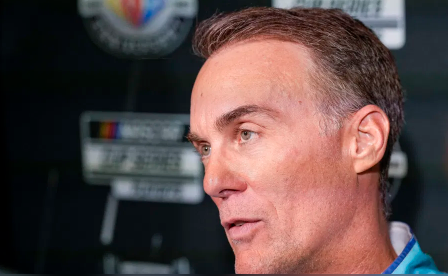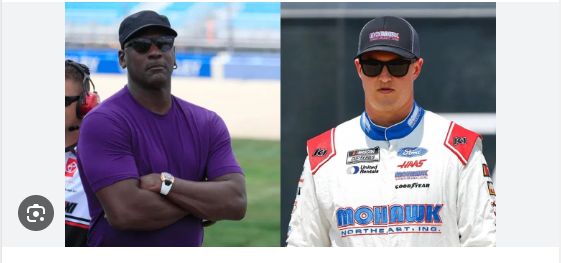Drivers who start at the front of the pack should have a built-in advantage, right? After all, reaching pole position requires a lot of effort and skill. However, NASCAR’s current system has been diminishing this benefit, with recent incidents highlighting the issue and sparking calls for reform.

Kevin Harvick has been vocal about how pole sitters often lose out on their advantages, sometimes even avoiding pit stops on certain tracks because of it. He breaks down the problem, explaining that while earning pole position typically provides an advantage, NASCAR’s setup removes this edge. Instead of a consistent pit road speed limit, NASCAR places timing lines along the pit road, which allows drivers to control their average speed based on where they’re positioned.
This setup creates an uneven playing field: drivers whose pit stalls fall after several timing lines can go slower at first and then speed up after pitting, meaning the first pit stall, usually reserved for the pole sitter, is actually at a disadvantage. These timing lines vary by track, which leads to inconsistency in how quickly drivers can accelerate from their stalls.
Harvick pointed out, “The flaw in the NASCAR system is that the speed line from the end of the first occupied box should be the same distance at every track. This would ensure the pole-sitter, who picks the first pit stall, really has an advantage.” At tracks like Charlotte, for instance, the first timing line is close to the first pit stall, allowing cars to speed up almost immediately, whereas at Las Vegas, the advantage of the first stall is much less pronounced.

Christopher Bell’s choice not to use the first pit stall at Charlotte, despite starting from pole, underscores this issue. Harvick advocates for NASCAR to standardize the distance from the first pit stall to the timing line at every track, ensuring that the pole sitter can enjoy a consistent advantage. He noted, “Standardizing the length of the distance from the first occupied box to the timing line would make the system fairer and ensure that the pole position gains a consistent advantage week after week.”


